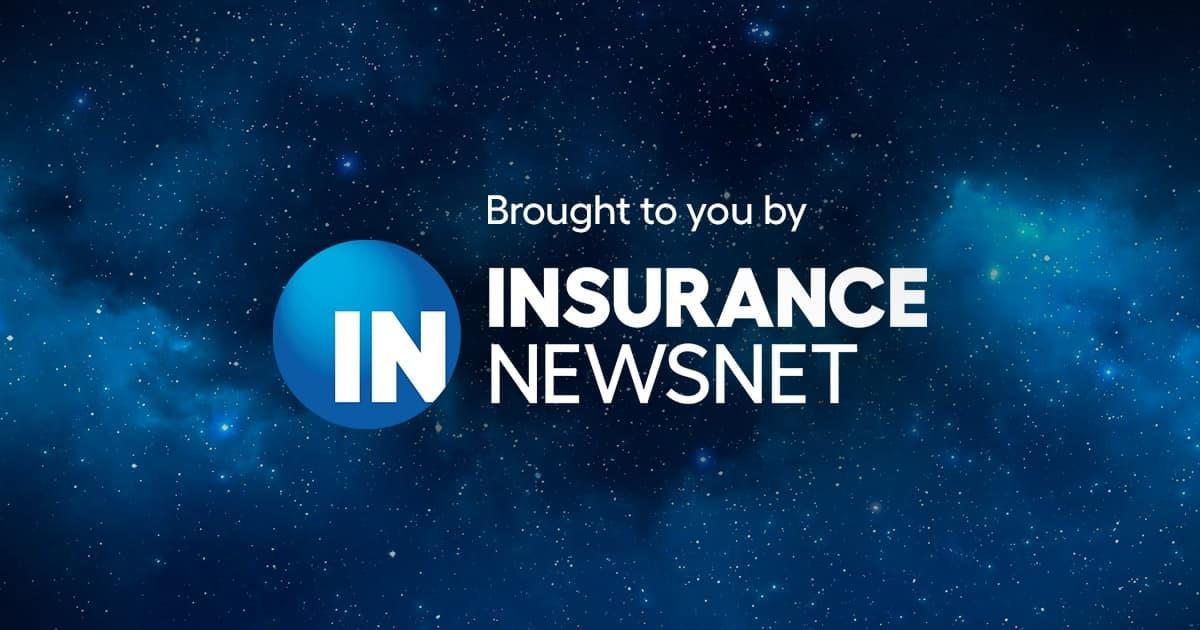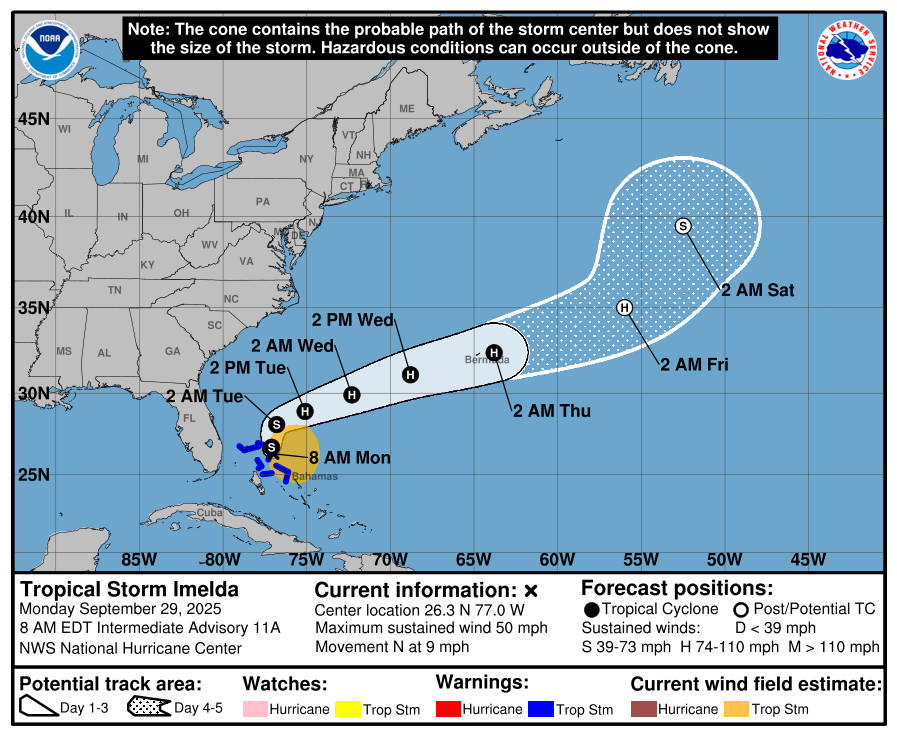AI in Insurance

AI Drives Insurance Industry Transformation
Insurance carriers trapped between legacy systems and customer expectations find AI bridges operational gaps across core functions.
Over the past decade, many insurers have automated key processes, such as document classification, policy issuance, and claims triaging. Many have also implemented rule-based workflows for claims, underwriting, policy servicing, and compliance monitoring. A results has been faster turnaround and reduced operational overhead.
Still, insurers remain caught between legacy systems and growing expectations from customers, regulators, and the business itself.
Artificial intelligence (AI) is helping bridge that gap. From underwriting and claims to compliance and customer engagement, AI is quietly but smartly reshaping insurance operations. A poll conducted by Global Data in Q3 2025 found that 46% of respondents identified underwriting and risk profiling as the functions most improved by AI. This was followed by claims management at 20% and customer service at 18%.
Anurag Shah is CEO and co-founder at Aureus Analytics

Tokio Marine partners with OpenAI to boost AI adoption
Tokio Marine, one of Japan’s largest insurers, and OpenAI, the US-based artificial intelligence company best known for developing ChatGPT, have entered a strategic collaboration to bring generative AI (genAI) into Tokio Marine’s operations.
The partnership aims to enhance productivity, streamline operations, and create more personalised customer experiences through the use of advanced AI agents, according to Coverager.
Tokio Marine plans to embed genAI across its contract management, inquiry handling, and document processing functions.
Tokio Marine, headquartered in Tokyo, is a leading global insurer providing a broad range of products including property, casualty, and life insurance, as well as financial services. OpenAI, founded in 2015 and based in San Francisco, is a pioneering AI research and deployment company behind innovations such as ChatGPT, DALL·E and Codex, which are transforming the way businesses and consumers interact with artificial intelligence.
Initial applications of the partnership include leveraging ChatGPT’s deep research capabilities in sales departments. The technology will enable Tokio Marine & Nichido Fire Insurance, part of the Tokio Marine Group, to collect and analyse local demographic information automatically. This will allow sales teams to design proposals that are closely tailored to the needs and challenges of customers in specific regions. Insights will also be shared across group companies to promote a consistent approach to technology adoption.
Tokio Marine stated that it will continue to utilise advanced technologies such as generative AI to fulfil its mission of supporting customers and society, particularly in times of need.
“As a first step, in developing sales strategies at sales departments of Tokio Marine & Nichido Fire Insurance, Deep Research capabilities of ChatGPT will enable collection of local information including regional demographics automatically. By incorporating the characteristics and information specific to each area, we anticipate that sales departments will be able to provide proposals that are even more closely aligned with the needs and problems of our customers.”
The future of AI for the insurance industry | McKinsey
Only a few insurers have extracted outsize value from AI to gain a competitive edge. Joining their ranks requires a strategic, comprehensive approach that rewires the enterprise.
Once in a great while, a technological innovation comes along that changes the world, and businesses have to adjust—or potentially decline into irrelevance. The Industrial Revolution’s steam engine and the mechanization of production allowed for a shift from largely agrarian to urban lifestyles. The birth of the internet brought us enhanced real-time communication, e-commerce, cloud computing, and more.
Now, it’s AI’s turn.
This report is a collaborative effort by Nick Milinkovich, Sid Kamath, Tanguy Catlin, and Violet Chung, with Pranav Jain and Ramzi Elias, representing views from McKinsey’s Financial Services Practice.
News

Federal flood insurance program set to expire in days -
Louisiana officials and federal lawmakers are warning that a lapse in the National Flood Insurance Program could freeze real estate sales, disrupt renewals for hundreds of thousands of policyholders, and limit the federal government's ability to pay claims if a major storm strikes during peak hurricane season.
Tuesday is the deadline.
The program administered by theFederal Emergency Management Agency covers more than 4.7 million Americans – including nearly half a million in Louisiana – and has been temporarily extended 33 times over the past decade.
Without congressional action, no new policies could be issued after Monday, existing policies could not be renewed, and the program's borrowing authority from the U.S. Treasury would shrink from $30.4 billion to just $1 billion, severely restricting its ability to pay claims after disasters.
Louisiana Commissioner of Insurance Tim Temple called on Congress to pass a short-term extension, warning that the lapse would arrive "right in the middle of hurricane season."
"This will be the 34th time Congress has temporarily extended the program," Temple told The Center Square in an emailed statement. "It is vital that we identify a long-term solution that stabilizes the flood insurance market in our country."
Research

Turning miles into meaning: Arity's Annual Driving Behavior Report - Arity
Driving behavior reflects human behavior. Our mobility patterns tell stories about how we live, work, and respond to the world around us.
Arity’s Annual Driving Behavior Report showcases the depth and breadth of our data using different historical trends, macro behaviors, and granular details to not only tell stories about the way we move but also understand what that means for safety and efficiency – and how individuals, businesses, and cities can benefit.
Backed by the knowledge and heritage of The Allstate Corporation, no other mobility data company has our historical understanding of driving behaviors, risk, and outcomes. Whether it’s understanding how distracted driving fluctuates depending on context, how commuting evolves in a hybrid work environment, or how emergency events disrupt mobility, Arity’s insights help individuals and stakeholders across industries make smarter, more informed decisions.
Drawing from over 45 million active U.S. drivers and more than a billion miles of driving data every day, Arity goes beyond location data to capture a more holistic view of how drivers drive and what that means for businesses, municipalities, and individual drivers. We analyze 1,000+ trips each second and gather data every 15 seconds, revealing the bigger picture of consumer behavior.
Read our upcoming report to learn about:
- National driving trends over the past few years, including rates of speeding and distracted driving.
- Return-to-office mandates: How do they affect the roads?
- Extreme weather: How does mobility shift in the face of sudden events?
- The new rush hour: Has hybrid work redefined our commutes?
- Trip starts and ends: Where are people commuting from?
Arity’s driving behavior data reveals how these trends and phenomena unfold on the road, offering critical insights for infrastructure planning, risk modeling, and emergency response.
Finally, the report suggests some of the ways that Arity’s mobility data insights can help individuals to understand the impact of their own driving behaviors, auto insurers to price more fairly, marketers to engage their customers more effectively, city planners to build more resilient infrastructure, and public agencies to respond more swiftly in times of crisis.
At Arity, we don’t just observe the road. We help you see beyond the horizon.
Telematics, Driving & Insurance
Generation UBI: Transparency and Trust Drive the Usage-Based Insurance Revolution
A new generation of drivers is fueling adoption of usage-based insurance, but transparency and fair data practices will determine its success.
The global usage-based insurance (UBI) market is projected to reach $267.4 billion by 2032. About 21 percent of global auto insurance customers already have a pay-as-you-go policy, and more than 80 percent of consumers who have tried this type of insurance say they would recommend it to a friend or colleague (GlobalData).
The rising cost of living has significantly influenced how people buy auto insurance—especially younger drivers, who traditionally pay higher premiums and are motivated to find affordable coverage that reflects the actual driving they do. According to Quotezone, 17-year-olds in the U.K. are now paying 77 percent more for car insurance than last year. Younger people are also less likely to own a car, with Deloitte finding that Gen Z and Millennials are more likely than others to favor subscription models over ownership.
As ownership declines in favor of car-share and driving habits change, usage-based models are set to grow sharply in the next five years, led by younger drivers.
InsurTech/M&A/Finance💰/Collaboration
Fenris Partners with ManageMy to Enhance Data-Enriched Agent Quoting | Insurtech Insights
Fenris Digital, a provider of predictive data and enrichment solutions for insurers, has announced a strategic partnership with ManageMy, the no-code digital platform for carriers and managing general agents (MGAs).
The integration brings Fenris’ real-time data into ManageMy’s agent portals, enabling insurers to deliver faster, smarter, and more accurate quoting experiences. By embedding data enrichment directly into the workflow, the partnership aims to improve risk segmentation, streamline processes, and boost conversion rates without adding technical complexity.
“ManageMy is solving a critical gap in insurance distribution by helping carriers and MGAs launch digital agent experiences without the need for internal development,” said Jennifer Linton, CEO of Fenris. “Fenris delivers predictive data and insights that insurers rely on to streamline quoting, segment risk, and increase conversion.”
Tiptree to sell Fortegra to South Korean insurer DB Insurance for $1.65 billion | Reuters
U.S. investment manager Tiptree (TIPT.O), opens new tab said on Thursday that South Korea's DB Insurance (005830.KS), opens new tab would acquire its specialty insurance unit, The Fortegra Group, for about $1.65 billion in cash.
The sale would also mark an exit for Warburg Pincus, which holds a 24% stake in the U.S. specialty carrier. The private equity firm invested in 2022, when Fortegra was generating about $60 million in operating earnings.
Nasdaq-listed Tiptree's stock slid on Thursday afternoon after The Insurer first reported the deal, noting that the transaction valued Fortegra at about twice its book value.
Jacksonville, Florida-based Fortegra was founded in 1978 and acquired by Tiptree in 2014. It offers specialty programs, consumer warranty and credit protection products. For DB Insurance, the acquisition provides a U.S. platform for specialty growth, broadening its reach beyond South Korea, where it ranks among the largest non-life insurers.
The deal is expected to close in the first quarter of 2026.
Climate/Resilience/Sustainability

National Hurricane Center tracking Tropical Storm Imelda, Hurricane Humberto, 3 tropical waves
While the two storms are expected to remain off the coast of Florida and the U.S., indirect impacts this week include dangerous surf and rip currents
Here's the latest advisory from the National Hurricane Center as of 8 a.m. Sept. 29:
Announcements
LexisNexis Insurance Market Insights adds home claims tool
LexisNexis® Risk Solutions, a leading data, analytics and technology provider, has announced the launch of its Home Claims Insights dashboard within the LexisNexis® Insurance Market Insights platform.
The launch comes in response to growing challenges in the U.S. property insurance market, including rising claim severities and an increased frequency of catastrophic events, according to FF News.
Between 2021 and year-end 2024, claim severities rose by 33%, while catastrophic claims accounted for 42% of all property claims amid inflationary pressures and higher repair costs.
LexisNexis Risk Solutions provides data, analytics and technology that help insurance carriers, financial institutions and other organisations mitigate risk, optimise operations, and make informed decisions.
Its Insurance Market Insights platform delivers actionable intelligence for benchmarking performance and analysing market trends across the property and casualty insurance sector.
The Home Claims Insights dashboard allows U.S. insurance carriers to benchmark key metrics such as current and historic claims severity, cycle times, and geographic trends.
By integrating both customer-specific and industry-wide claims data, insurers can drill down to specific risk segments by major peril, state, metropolitan statistical area, policy type, building age, square footage and catastrophe indicators.
This enables carriers to determine whether operational challenges are isolated or industry-wide.
Hi Marley and Verisk Integrate Platforms to Improve Claims Communication
Hi Marley (Boston), a conversational platform built for property/casualty insurance, and Verisk (Jersey City, New Jersey), a data analytics and technology provider to the insurance industry, have launched Workflow Assist with Verisk’s XactAnalysis platform for property claims.
“Nobody wants to have to file a property claim, but when the time comes, policyholders expect clear communication and an efficient claims experience,” comments Mike Greene, founder and CEO, Hi Marley. “We are proud to partner with an industry leader like Verisk to help carriers deliver a better, faster, and more transparent property claims experience, and take advantage of automation without sacrificing empathy.”
The real-time, two-way integration unifies communication among stakeholders into a single conversation thread and automates claim updates to help improve the property claims process.
The solution addresses the challenges of the complexity of property claim handling, with adjusters managing high claim volumes, prioritizing tasks, and keeping policyholders updated while coordinating with third parties such as independent adjusters or restoration vendors. Fragmented communication and manual document handling can slow resolution times and affect policyholder satisfaction.
Hi Marley says that, with Workflow Assist, policyholders can securely share information such as images of damage via text message, which is routed into XactAnalysis. The integration uses pre-defined event triggers to automatically send personalized updates to policyholders and notifications to adjusters, such as:
- Adjuster assignments and reassignments
- Status updates for vendors (e.g., job started, job completed)
- Appointment scheduling, rescheduling, and reminders localized to the policyholder’s time zone
- Site inspection updates and quality assurance approvals

